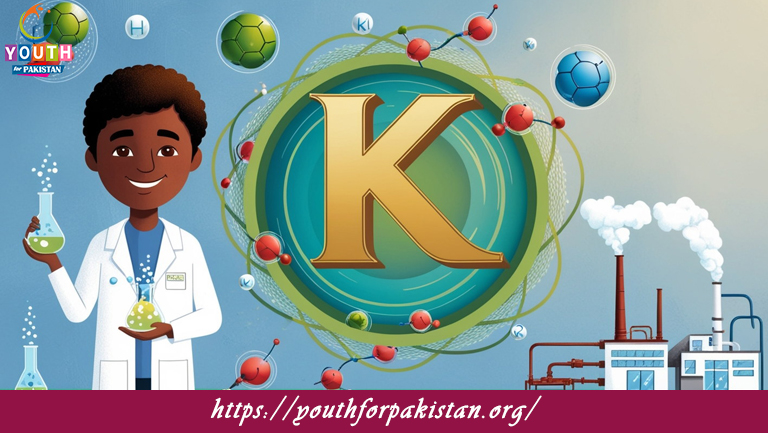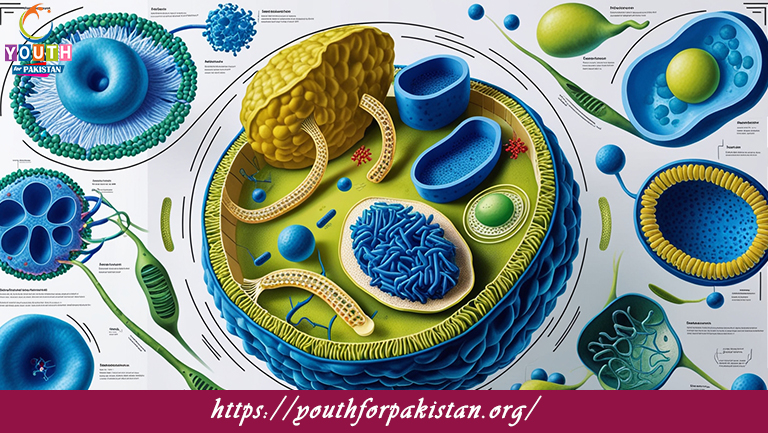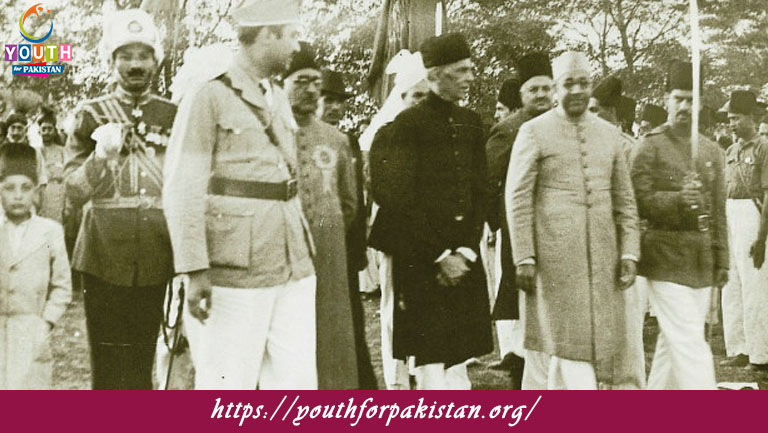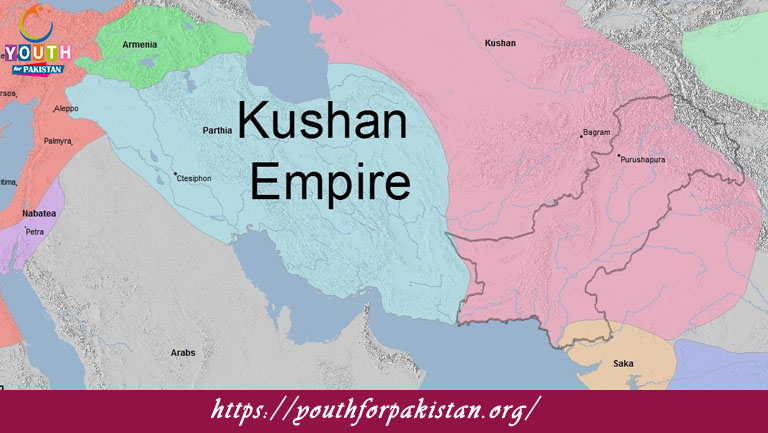Welcome to the Applications Of Equilibrium Constant MDCAT MCQs with Answers. In this post, we have shared Applications Of Equilibrium Constant Multiple Choice Questions and Answers for PMC MDCAT 2024. Each question in MDCAT Chemistry offers a chance to enhance your knowledge regarding Applications Of Equilibrium Constant MCQs in this MDCAT Online Test.
The equilibrium constant for a reaction at higher temperature will:
a) Decrease for an exothermic reaction
b) Increase for an exothermic reaction
c) Remain unchanged for all reactions
d) Decrease for an endothermic reaction
The equilibrium constant is a measure of:
a) The speed of a reaction
b) The rate constant
c) The extent of a reaction at equilibrium
d) The energy required for a reaction
If a reaction is reversed, the new equilibrium constant is:
a) The reciprocal of the original equilibrium constant
b) The same as the original equilibrium constant
c) The square of the original equilibrium constant
d) The double of the original equilibrium constant
a) Determine the concentration of ammonia at equilibrium
b) Predict the temperature required
c) Calculate the total volume of gases
d) Estimate the pressure of the reactants
In a reversible reaction, if the concentration of reactants is increased, the equilibrium constant:
a) Decreases
b) Increases
c) Remains unchanged
d) Shifts to the left
The equilibrium constant can be used to calculate:
a) The molar mass of a compound
b) The rate constant of a reaction
c) The final concentrations of reactants and products at equilibrium
d) The pressure of the reactants
In a reaction where the equilibrium constant is large (K ≫ 1), the reaction will:
a) Favor the reactants
b) Favor the products
c) Be at equilibrium with equal amounts of products and reactants
d) Not reach equilibrium
In a reaction at equilibrium, if the concentration of products is increased, the equilibrium constant:
a) Increases
b) Decreases
c) Remains constant
d) Becomes negative
The equilibrium constant helps in understanding how the reaction:
a) Changes over time
b) Shifts when the concentration of reactants or products is changed
c) Responds to changes in pressure
d) All of the above
For reactions in solution, the equilibrium constant expression is written in terms of:
a) Concentration
b) Volume
c) Mass
d) Energy
The equilibrium constant is used in determining the:
a) Molar heat capacity
b) Rate of the reaction
c) Extent of a reaction at equilibrium
d) Mass of products formed
In the equilibrium constant expression for gases, the partial pressure of each gas is raised to:
a) The coefficient of the gas in the balanced equation
b) The temperature of the gas
c) The volume of the gas
d) The molar mass of the gas
In chemical engineering, the equilibrium constant is applied to optimize:
a) Reaction conditions like temperature and pressure
b) The concentration of reactants
c) The catalyst used in reactions
d) The reaction time
The equilibrium constant can be used to predict:
a) The direction in which a reaction will proceed
b) The speed of the reaction
c) The volume of the reactants
d) The pressure of the reactants
If the equilibrium constant is very large, it indicates that:
a) The products are favored at equilibrium
b) The reactants are favored at equilibrium
c) The reaction has reached a dynamic equilibrium
d) The reaction is not reversible
The equilibrium constant is used to calculate:
a) The concentration of reactants at equilibrium
b) The speed of the reaction
c) The molecular weight of the reactants
d) The pressure of the products at equilibrium
The equilibrium constant helps in determining:
a) The ideal gas constant
b) The shift in equilibrium due to changes in concentration
c) The energy change in a reaction
d) The activation energy of a reaction
In a chemical equilibrium, if the concentration of a reactant is increased, the equilibrium constant will:
a) Remain the same
b) Decrease
c) Increase
d) Shift to the left
In industry, the equilibrium constant is crucial for:
a) Maximizing the production of desired products
b) Lowering the temperature of reactions
c) Reducing the pressure of gases
d) Speeding up the reaction
If the equilibrium constant of a reaction is known, it can be used to determine:
a) The concentration of reactants at any point in time
b) The volume of the reaction vessel
c) The mass of products at equilibrium
d) The enthalpy change of the reaction
The Le Chatelier’s Principle is closely related to:
a) The equilibrium constant
b) The rate of reaction
c) The activation energy
d) The volume of reactants
In the production of ammonia (Haber process), the equilibrium constant is used to:
a) Predict the amount of ammonia produced at equilibrium
b) Calculate the energy required to produce ammonia
c) Determine the exact temperature of the reaction
d) Control the pH of the reaction mixture
The equilibrium constant helps in determining the extent of a reaction at equilibrium. If K > 1, the reaction favors:
a) Reactants
b) Products
c) Both equally
d) The transition state
In a reaction, if the equilibrium constant (K) is less than 1, it indicates that:
a) The products are favored
b) The reactants are favored
c) The reaction has reached completion
d) The system is unstable
The equilibrium constant is temperature-dependent. This means that:
a) The value of K changes with changes in temperature
b) The value of K remains constant at all temperatures
c) The value of K only changes with pressure
d) The value of K increases with concentration
In the equilibrium of gases, if the volume of the system is decreased, the equilibrium will shift to:
a) Increase the number of moles of gas
b) Decrease the number of moles of gas
c) Increase the pressure of the reactants
d) Decrease the concentration of products
The equilibrium constant is crucial in determining the:
a) Final concentration of reactants and products at equilibrium
b) Reaction rate
c) Activation energy of a reaction
d) Phase of the reactants
In a chemical reaction at equilibrium, if the pressure is increased, the system will shift in such a way that:
a) The number of gas molecules increases
b) The number of gas molecules decreases
c) The reaction speed increases
d) The equilibrium constant changes
If you are interested to enhance your knowledge regarding Physics, Chemistry, Computer, and Biology please click on the link of each category, you will be redirected to dedicated website for each category.








